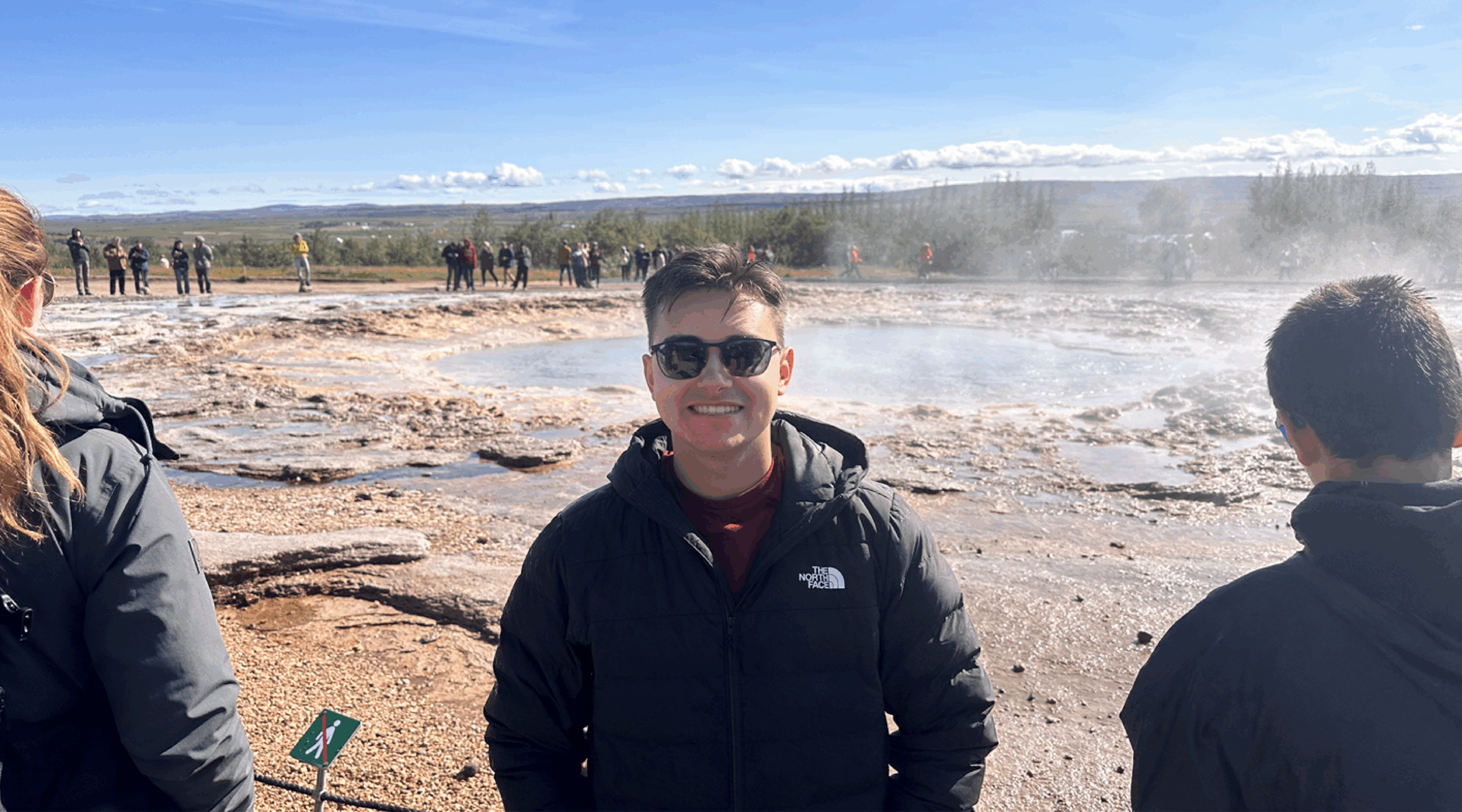Public engagement is a critical component to all infrastructure-related projects and is required by nearly all state agencies and municipalities. The point is to ensure all viewpoints are heard and considered throughout the planning and design process. So, if it is required on nearly every project why is virtual engagement so avoided?
It doesn’t have to be! Utilizing technology to conduct public meetings, whether live or recorded, can assist public officials in gathering input into the process. By using virtual public engagement tools, officials can increase their reach by making stakeholder participation convenient and available from anywhere. Below we highlight some virtual tools that aid in providing interactive experiences for each of the participating stakeholders:
Telephone Town Halls are like conference calls that gather input from numerous participants but differ in that they are an outbound invitation to participants so that callers don’t have to remember to dial into the event. Once participants are on the Telephone Town Hall, they can fully engage by using their telephone’s keypad to respond to poll questions and virtually line up to ask live questions. At the end of the call, all data provided during the call and polling will be provided to the organizer. Some have produced guides on how to most effectively use this service from various providers.
Custom Surveys can be utilized throughout a project’s duration in a virtual engagement format. Creating custom surveys allows you to gather the most pertinent project information from your stakeholders. Using this as a virtual engagement tool also allows you to create multi-lingual surveys to encourage input from any federal environmental justice populations that speak another language that you may be impacting.
Story Maps are a virtual tool that combines maps with text, images, and video content. Utilizing tools like story maps will harness the power of maps to truly tell a compelling story by allowing users to click through various map areas to understand the project factors that will impact the project development. The information included in these story maps can also be referenced in the owner’s GIS systems for future capital planning and infrastructure improvement efforts.
Live Interactive Polling can provide you with real-time feedback from your stakeholders by asking questions that stimulate active thinking and discussion engagement. Some people think differently when they can question and respond throughout the presentation. This tool also provides an opportunity for individuals to provide anonymous feedback in the project development process. Using live interactive polling allows you to solicit feedback from stakeholders on their phones, tablets or laptops.
Project Specific Websites are a great information clearinghouse for project updates to all those interested. Although the development of the technical aspects of a project encounter little controversy, traffic control and construction duration sometimes draw significant attention. Providing the project intent, history of the area, project schedule and regular updates allow stakeholders to search and engage with the answers to questions or explore project progression.
While these tools providing different opportunities to connect with your stakeholders, not all of these virtual tools need to be used on every project. Adjusting your communication strategy to the size, complexity, and stakeholder impacts of your project will help public officials determine the best tools to use. Should you need any assistance in the development or implementation of these tools on projects large or small, please reach out to Nichole Davis who will be able to assist you with any requests.










